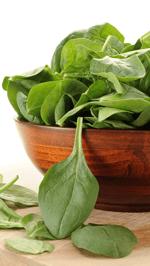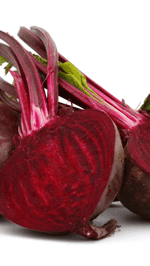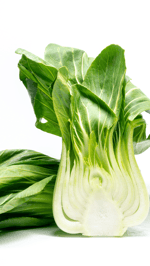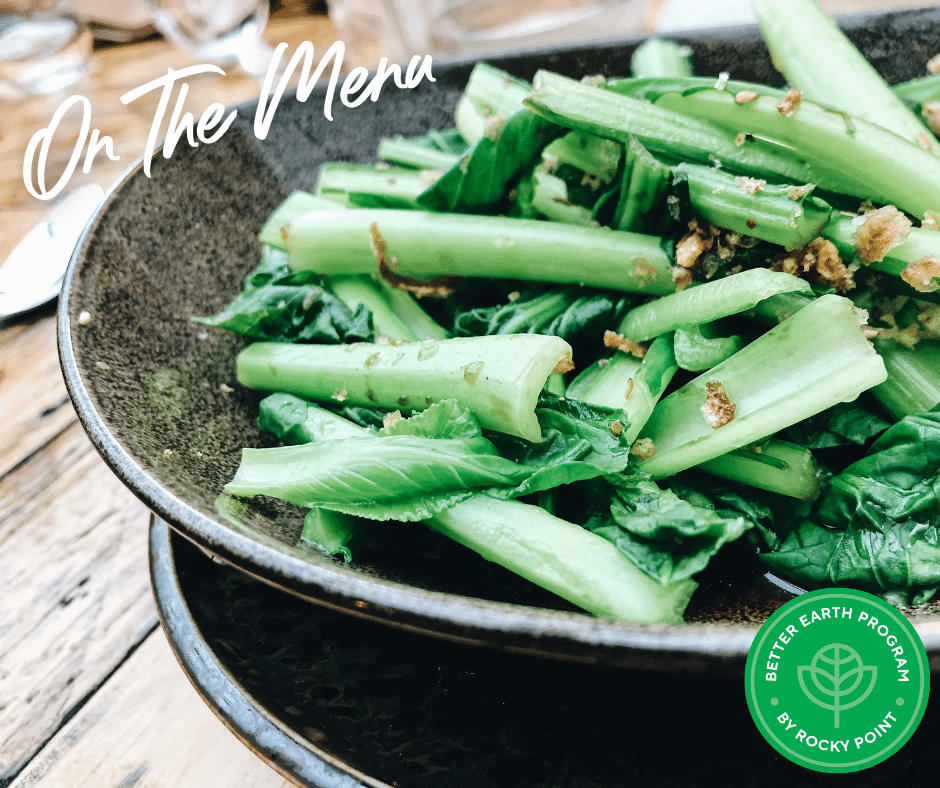Winter is no time to settle down when it comes to growing produce.
Here are our top 3 picks for your winter garden menu!
Spinach (Spinacia oleracea)
 Plant: Can be planted autumn through to early spring depending on location. Spinach generally does
Plant: Can be planted autumn through to early spring depending on location. Spinach generally does
better during the cooler months and doesn’t really thrive in the tropics.
Grow: Sow seeds or plant as seedling during autumn and winter for winter and spring harvests.
Cultural Tips: Spinach needs to be grown quickly and harvested quickly. Consistent watering and regular
applications of fertiliser. Suitable for pot culture.
Harvest: Leaves can be picked as early as 6 weeks after planting. Side picking of the outer leaves instead of harvesting the entire plants means you lengthen your harvesting time.
Beetroot (Beta vulgaris)
 Plant: Beetroot can be grown just about all year round, but in subtropical and tropical climates they perform their best when planted in autumn, winter, and early spring.
Plant: Beetroot can be grown just about all year round, but in subtropical and tropical climates they perform their best when planted in autumn, winter, and early spring.
Grow: Plant directly inground as seed or as seedlings now for late winter and spring harvests. Seed sown directly grows stronger because there is no root disturbance from transplanting.
Cultural Tips: Choose a full sun location with free draining organic rich friable soil with a pH of 6.5-7.5. Garden lime may need to be added before planting. Check pH.
Suitable to be grown in pots
Harvest: Harvest your beetroots when around 10cm in diameter, any larger and they become tough and fibrous. Beetroot leaves are also edible.
Asian cabbages (Brassica species)
 Plant: Bok Choi, Pak Choi, Wong Bok, Tatsoi and Choy sum.
Plant: Bok Choi, Pak Choi, Wong Bok, Tatsoi and Choy sum.
Grow: Can be grown year-round but do best during the cooler months and spring. All can be grown from seed or planted as seedlings.
Cultural Tips: Choose a full sun location. Free draining soil with good levels of organic matter mixed through before planting. Suitable for pot culture
Harvest: You can pick outer leaves as they grow or wait until mature to harvest entire plant. If they happen to flower, these are edible, and the bees love them too.
Looking for more great gardening info like this? Subscribe to the Better Earth Program to receive Better Earth Secrets Magazine direct to your inbox each season.
_MEB.png?width=842&height=596&name=RP_HorizontalColour(R)_MEB.png)



